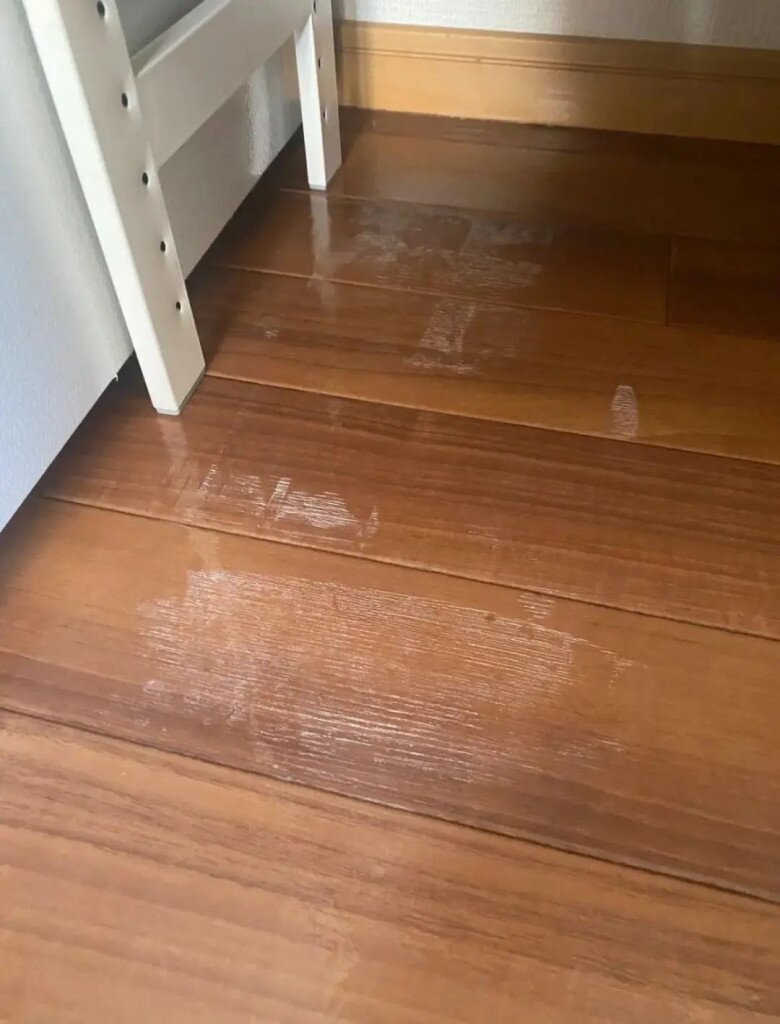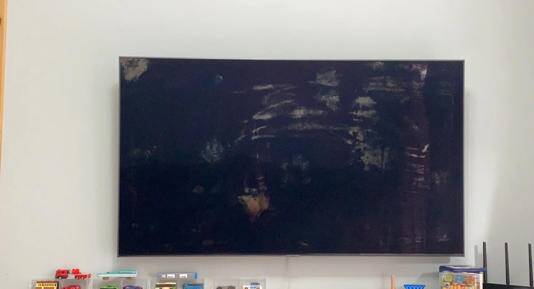Alcohol can be a powerful cleaning agent, but it’s important to know that it can also cause damage to certain items. Here’s a list of 10 things you should never clean with alcohol:
1. Eyeglasses

It’s tempting to reach for the alcohol when your glasses are smudged, but this can do more harm than good. While alcohol can remove some dirt and grime, it’s not effective against oily residue or fingerprints. Moreover, eyeglasses often have special coatings, such as anti-reflective, scratch-resistant, and UV-protective layers, which can be dissolved or damaged by alcohol, leading to permanent lens damage.
To safely clean your glasses, simply use water or a mild dish soap. For more expensive lenses, consider investing in a specialized lens cleaning solution.
2. Acrylic Glass

Acrylic glass, often used as a lightweight and durable alternative to traditional glass, is susceptible to alcohol’s corrosive nature. Using alcohol to clean acrylic glass can reduce its shine and even cause tiny cracks, compromising its transparency. Additionally, the internal pressure can cause the acrylic to crack without any immediate signs of damage.
To maintain the integrity of acrylic glass, avoid using alcohol and abrasive cleaning tools like brushes or rough cloths. Opt for soft, smooth fabrics instead. If necessary, use a cloth dampened with mild soapy water to remove stubborn dirt without harming the surface.
3. Leather Sofa

Leather sofas require careful maintenance, and using alcohol for cleaning can be detrimental. In some cases, alcohol has caused discoloration and staining on leather surfaces. Once the leather is damaged, it’s challenging to restore it to its original condition.
To properly care for your leather sofa, use a damp cloth for gentle cleaning, followed by a leather conditioner or hand cream to maintain its suppleness. For more intensive cleaning, opt for specialized leather cleaning products or seek professional maintenance services.
4. Synthetic Leather Bags and Shoes

Just because synthetic leather is more affordable doesn’t mean it’s immune to alcohol’s damaging effects. Alcohol can ruin the PVC coating on synthetic leather surfaces, causing patterns to fade or disappear entirely. This can significantly reduce the value of expensive bags and shoes.
Consumers should also be cautious when using alcohol-based disinfectants, as they can easily damage synthetic leather items. Always read the labels and instructions on cleaning products to ensure they are safe for synthetic leather.
5. Burglar-Proof Doors

While burglar-proof doors are designed to be sturdy and durable, the use of alcohol-based cleaning products can damage their protective coating. Prolonged exposure to alcohol-based disinfectants has been known to corrode the paint on these doors, leading to unsightly damage.
6. Car Interiors

Using alcohol to disinfect car door handles and interiors may seem like a good idea, but it can compromise the protective coating on these surfaces. This can make the interior of your car look old and worn out prematurely. Alcohol can also react with dyes in plastics, causing discoloration and blotching.
To maintain a clean and safe car interior, stick to using water for cleaning. If you’re concerned about bacteria, increase the frequency of cleaning instead of relying on alcohol-based products.
7. Natural Wood Furniture

Natural wood furniture is often prized for its beauty and environmental friendliness, but using alcohol-based cleaners can have detrimental effects. The finish on wood furniture, whether it’s paint, varnish, or wax, can be dissolved by alcohol, a powerful organic solvent. Alcohol can also penetrate deep into the wood, causing it to lose moisture and potentially leading to warping, cracking, or other forms of damage.
Additionally, alcohol can react with pigments in the wood, affecting its appearance. And since wood is a flammable material, using alcohol as a cleaner poses a safety risk if it comes into contact with an open flame or high temperatures.
If your natural wood furniture has been damaged by alcohol, you can try using mentholated oil to restore its surface. The menthol and camphor in the oil can help dissolve alcohol stains and restore the wood’s smooth finish.
8. Computers

Using alcohol to clean your computer screen and components is a big no-no. Alcohol can damage the anti-glare coating on your monitor, resulting in a blurry display and reduced clarity. As for the computer casing, whether it’s made of plastic or metal alloy, alcohol can react with the surface, leading to discoloration or a rough texture.
More dangerously, alcohol can seep into your computer through the keyboard and cause corrosion of internal components, leading to issues like short circuits, non-functional keys, or a sluggish mouse pad. Always exercise caution and do your research before considering alcohol as a cleaning agent for your computer.
9. Wooden Floors

While adding alcohol to your floor cleaning solution may seem like a good way to disinfect and sanitize your floors, it’s important to note that this practice is only suitable for tile floors, not wooden ones. Many homeowners have regretted using alcohol-based cleaners on their wooden floors, as it can lead to discoloration, altered textures, and a rough surface.
Additionally, alcohol can compromise the waterproof coating of wooden floors, making them susceptible to moisture damage, mold, and warping, especially in humid environments.
To properly care for your wooden floors, opt for specialized wood floor cleaning solutions and avoid over-cleaning unless necessary.
10. TV Screens

While it may be tempting to use alcohol to clean your TV screen, especially when dealing with stubborn fingerprints, it’s important to refrain from doing so. Alcohol is an organic solvent, and TV screens have protective coatings that can be damaged by alcohol. As a result, you may end up with a blurry or uneven display.
The Ultimate Shine: Unveiling the Secrets of Cream and Wax Shoe Polishes
“Shoe polish is a waxy substance that comes in either a paste or a cream. Its primary function is to shine, brighten, and extend the lifespan of shoes. However, many people are unaware of the difference between cream and paste polishes. We will guide you through the distinctions between these two types of shoe polishes.”



































